2019 is a great year to be a mountain biker! The industry is finally making bikes that are safer and more fun to ride than older bikes.
Usually, year to year bikes don’t change that much, but in 2019 the industry as a whole is catching on to some design ideas that some smaller companies (and one bigger company, Kona) have been doing for quite a few years now.
The first is slackening head angles (gradually over the last decade from 71˚ to 63.5˚!) for bikes designed with both climbing and descending in mind. I have been preaching this for years in my three previous, “The Most Confidence Inspiring Mountain Bike” articles.
https://betterride.net/blog/2010/the-ideal-confidence-inspiring-mountain-bike/
https://betterride.net/blog/2011/the-best-mountain-bike-for-learning-skills/
https://betterride.net/blog/2016/confidence-inspiring-mountain-bike-fun/
Hopefully, by now, everyone realizes that slacker head angles make descending safer, easier and more fun (please read previous articles linked above to learn why) But the two most common arguments against slack head angles have been that they:
- Don’t corner well in tight, twisty Single Track (not true).
This argument was made by riders who don’t understand how to corner. Above 6 miles an hour, bikes corner by leaning the bike (using counter pressure), slacker head angles DO NOT make the radius of your turn larger. - Don’t climb as well as steeper head angles (this used to be true).
Slack head angles made climbing a bit harder as it does put the front wheel further out in front of you. This meant you had to slide further forward on your saddle and hinge further forward at your hips to get your weight over the front wheel when climbing (so the front wheel stays on the ground).
Well, that changed in 2014 when the Canfield Brothers built the Balance with a 75.5˚seat tube angle. Brilliant! Most bikes at the time had a 71˚-74˚seat tube angle, putting your weight over the rear axle.
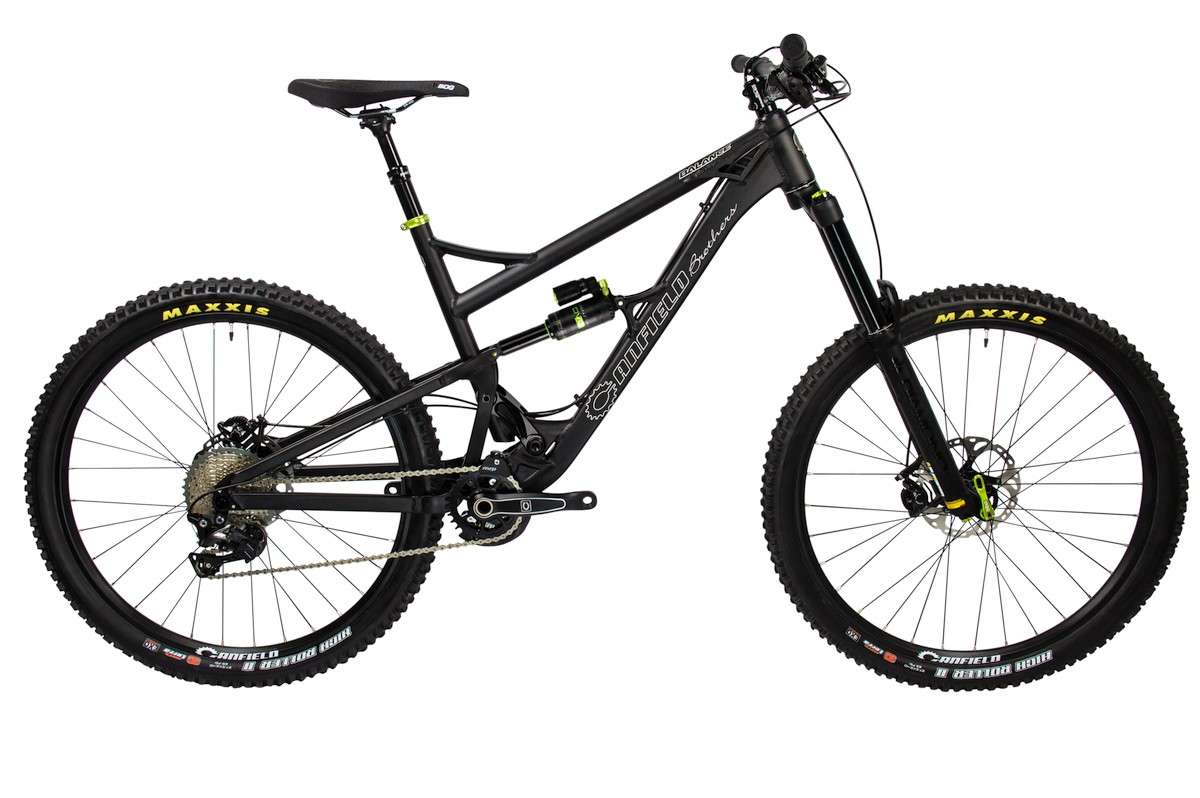
With your weight over the rear axle on a steep climb, you had to slide way forward on the saddle and hinge so far forward at the hips that your chest was almost touching the handlebars. This was rather uncomfortable.
With that 75.5˚ seat tube angle, the Balance climbed better than most Cross-Country race bikes, even though the balance had a 65˚ head tube angle! Not only does the steeper seat tube save your back it allows you to push down more instead of forward when pedaling, enabling you to produce more power.
The Balance was revolutionary! The quickest company to catch on to this (or quite likely was developing it at the same time) was Kona. Their 2015 Process 153 had a 76˚ seat tube angle and 66˚ head angle (numbers from memory, might be off a smidge).
Well, finally most brands are catching on to this. Two brands have taken it even further:
My Scott Ransom has a rear shock that steepens the seat tube angle by 1.5˚ when I switch it into climb mode. It is amazing! My first ride on my 170mm travel Ransom was at 4 pm up Amaza Back in Moab. A steep, technical climb on big rock slabs. I had set my record on this climb on a cool morning feeling fresh and powerful, on my slightly lighter 130mm travel Trek Fuel 9.8 (a much more “trail-oriented” bike than the Ransom). Though it was 90˚ out and I was feeling a bit tired and sluggish on the climb, I beat my previous record by 48 seconds! (25:37 vs 26:25)
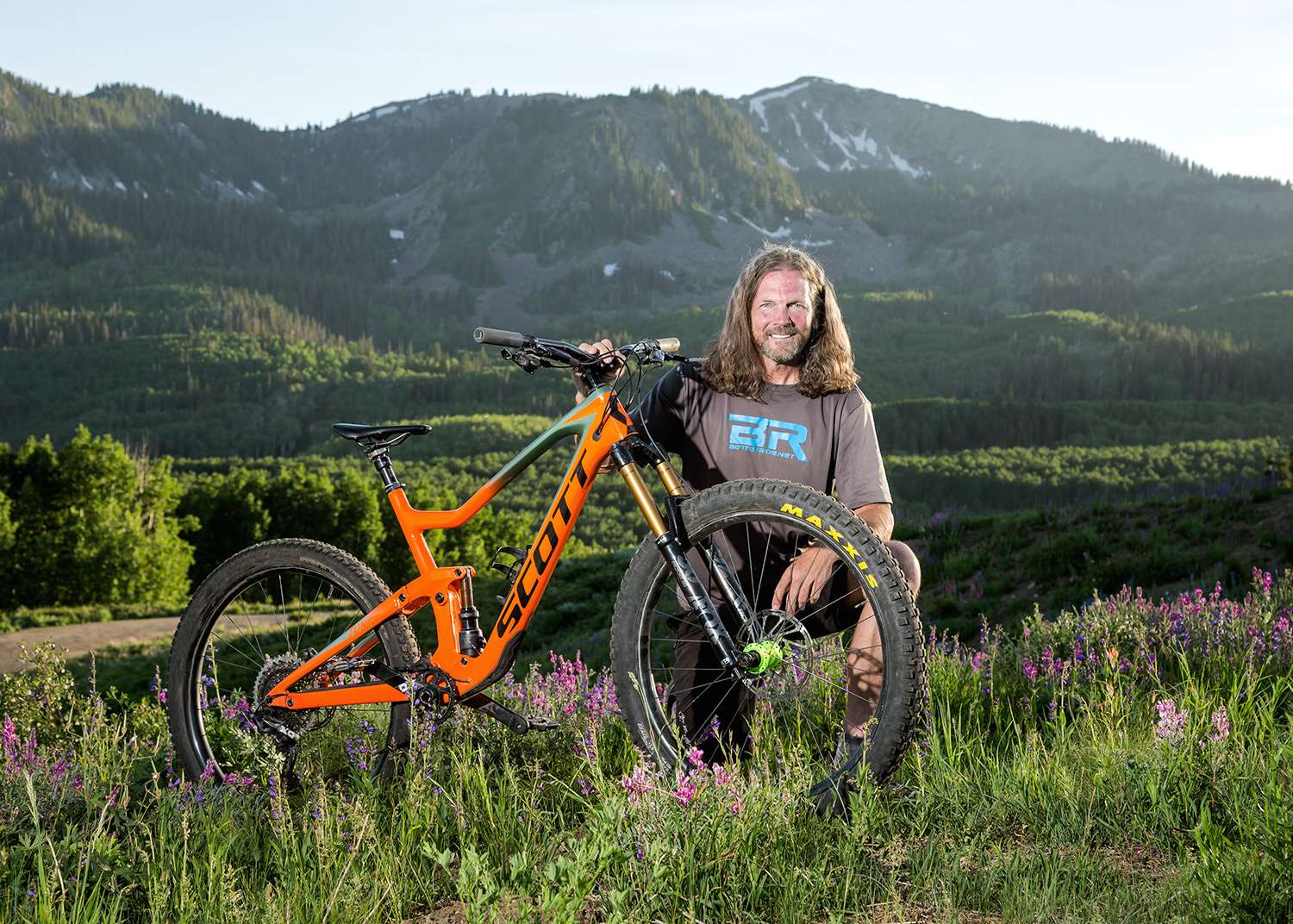
Canyon bikes have a link called the Shapeshifter that does basically the same thing but uses a link on the frame to change the seat tube angle while climbing. This is cool because it allows you to run the rear shock of your choice.
As far as I know Scott and Canyon are the only current companies to offer a feature like this (though a German company that was way ahead of it’s time name Bionicon had a bike like this 10 years ago), but many companies have steepened their seat tube angles which is a huge help when climbing.
Did I mention my Scott Ransom has a 64.5˚ head angle?! This allows it to descend with the confidence of a downhill bike yet climb like a Cross Country bike. Again, many companies are now offering trail and enduro bikes with 66˚- 63˚ head angles. Heck, even the Specialized has slackened the head angle by 1.5 ˚on their Cross Country race bike the Epic. (from an endo inducing, confidence killing 71˚ to 69.5˚ – still, confidence killing and endo producing).
Scott’s XC bike, the Spark has a 67.2˚ head angle – much more confidence-inspiring.
The next big change is to reach measurements. Reach is the horizontal distance between a plumb line dropped from the center of the top of the head tube to the center of the bb.
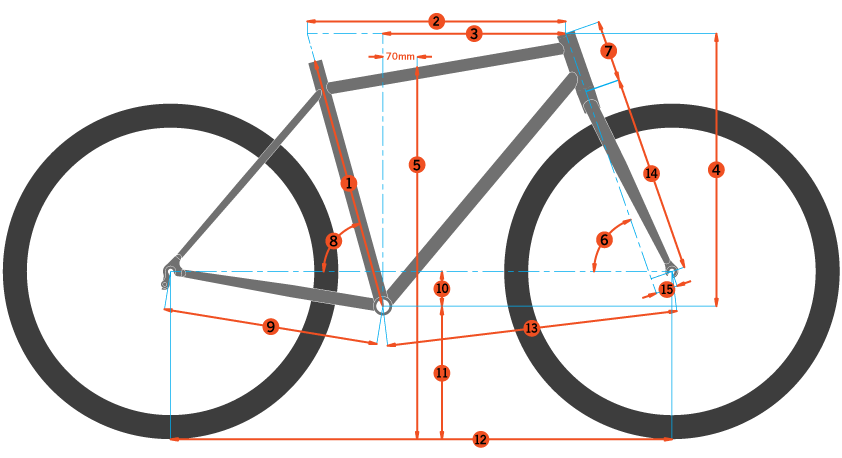
Bikes are getting much longer which
https://betterride.net/blog/2018/mountain-bike-body-position-the-fundamental-movement-video-tutorial/
I have seen my extra-large bikes’ reach-measurement go from 465mm to 500mm and it feels much better. I have friends my height who have bikes made by Pole with 535mm reach measurements and they love them (I haven’t ridden a bike that long yet, but I tend to believe them when they say it is better than 500mm).
Another awesome change: tire widths are getting wider. Wider tires give you more traction and smooth out the trail as they are a bit taller allowing you to run lower tire pressure.
Lastly, though very important, most bikes now come with dropper posts (allowing you to stand in the correct, balanced and in control body position when standing).
Wow, mountain bikes have come a long way!
How to choose the right bike for you?
First, write down why you ride. What stokes you out? Covering a lot of ground quickly (like a Cross Country racer)? Being able to confidently ride any trail? Descending with confidence and/or really fast? Technical climbing?
For me, it is a little bit of all of them, but the two that stoke me the most are descending quickly with confidence followed closely by technical climbing.
For most riders, other than Cross Country racers (who would excel with this geometry! Unfortunately, no one builds a confidence-inspiring XC bike yet) you are looking for a bike with at least
Add a realistic, modern reach measurement of 415mm – 450mm small, 435-480mm medium, 460 -510mm large and 490-535mm extra-large (those measurements are based on newer but slightly conservative measurements on the short size up to the currently extreme (but possibly future normal) measurements of the Pole Evolink).
How much suspension travel should my bike have? This is an interesting topic as I have had shops tell my students (especially on the East Coast):
“You don’t need that much travel”. Well, if the shop is going to say that, they should also tell you that: “you don’t need any travel, you don’t need gears, and you certainly don’t need disc brakes!”
This is the dumbest argument of all time.
One student was told, “we don’t have big mountains as they have out West here in Virginia, you don’t need that much travel”. What the heck does the size of the mountains have to do with anything? Colorado has big mountains, but most Colorado trails aren’t filled with roots and rocks and often aren’t as steep as trails in Virginia.
The better question is: can you benefit from some extra suspension travel and is there a drawback to the extra travel. Well, with a bike like my Scott (they do not sponsor me by the way, I simply chose their bike because it checked off all my wants) there are zero negatives in going from 130mm to 170mm of travel (due to it’s lightweight and the Twin Lock Suspension). Search the internet for reviews of the Scott Ransom, they all mention this. With some bikes there can be a downside to more suspension travel: more suspension travel usually weighs more and sometimes, depending on the design, more travel pedals less efficiently.
I have also heard long-travel bikes give you less “trail feel”. Yes, that is the purpose of suspension to keep the wheels on the ground in control while transferring as little shock to the rider as possible. If you want “trail feel” ride a fully rigid bike with a lot of pressure in the tires, they have the most trail feel! 😊
The next consideration is tire size: 29″, 27.5″, 26″ or some combination of those tire sizes? This is a height and riding goal question as I mentioned in last week’s article. 29er’s definitely cover ground quickly and efficiently, but they aren’t quite and nimble as 27.5er’s.
For riders over 6′ and Cross-Country racers of almost any height, 29er’s are a good bet. If you are under 6′ a 27.5er or a reverse mullet 27.5″ tire in the back, 29″ tire upfront may be better. I think this will be the most common set up for riders between 5’5″ and 5’11” in a few years.
For riders shorter than 5’5″ I feel a bike designed with a 26″ rear wheel and 27.5” front wheel, would be the ticket. These bikes may not be out for a year or so, as no one currently makes this bike but if the 27.5”/29” catches on, some smart person will make a 26”/27.5” for shorter riders eventually.
Also, maybe even for riders my height and taller the reverse mullet (27.5″ in the rear and 29″ front tire) might turn out to be the best design. I haven’t tried it yet so who knows?
Lastly, I love wide tires. more traction and more cushion! Two things I can always benefit from! My current set up is a 29×2.6 in the rear and a 29×3.0 in the front (on 40mm internal width rims) and I love this setup. It allows me to run 14 psi in the front tire and 24 psi in the rear, with no inserts, in Moab. If your trails are smooth with better traction than Moab offers (basically anywhere other than Phoenix, AZ) a 2.6″ tire will probably work as well as that 3.0.
Here is a short (and probably woefully incomplete) list of bikes that have the geometry I like:
Scott Ransom Tuned, Kona Process 153 (perhaps the best bike for your money?), Transition Patrol, Transition Sentinal, 2020 Specialized Enduro, (the Specialized Stumpjumper is also excellent for people under 6′, they don’t make a size 5 for tall guys), YT Capra, Pole Evolink 140.
If you have to have a Cross Country race bike, the bike with the most modern geometry (slackest head angle, 67.2˚) and steepest seat tube angle (73.8˚) that I could find is the Scott Spark. It did also just win the World Champions under Nino Schurter! (feels like I have to state this again, I am not sponsored by Scott, check all the photos of my downhill bike, it is Commencal. I simply researched the geometry I feel works best and this is somewhat close…)
Perhaps the most important thing in buying a new bike: find a friendly, supportive and knowledgeable local bike shop. If you aren’t a great mechanic you will need a shop with good service and knowledgeable staff. The more expensive your bike the more it is like a Ferrari, it needs its scheduled maintenance! Buying consumer-direct bikes (Canyon and YT) can be a great deal if you are a good mechanic. Your local shop is likely to be a bit friendlier if you bought your bike from them. You wouldn’t take your Mercedes to a BMW dealer for service, right?
If you are curious why it has taken so long for the industry as a whole to evolve: The bike industry can be slow to react to positive changes.
This is for three main reasons:
Change is scary (don’t fix what isn’t broken especially if you’re bikes are selling well).
Change is expensive (engineering, making and testing prototypes and making new carbon molds are expensive)
Consumers are resistant to change (see social media where riders still have “26 forever” as their screen name).
I hope this has helped you narrow down your search for the perfect new bike!
Please feel free to share this article with riding buddies or anyone you feel that could benefit from it.
Create your best ride yet!

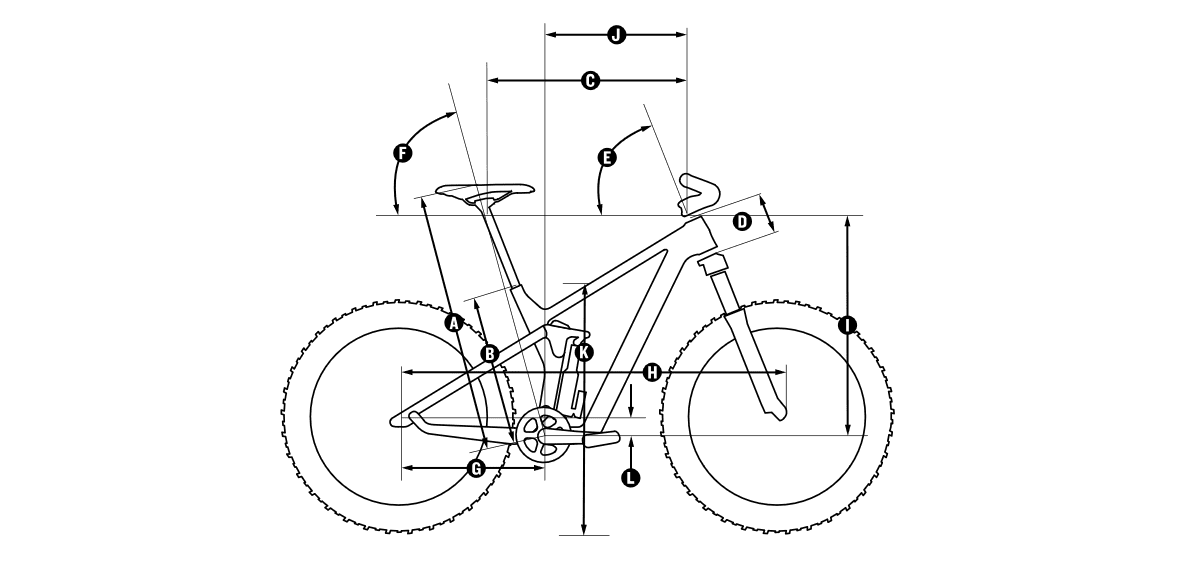
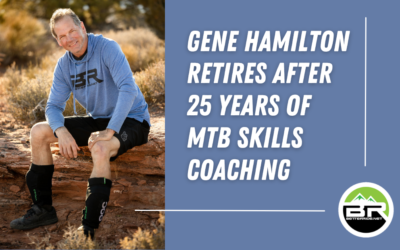
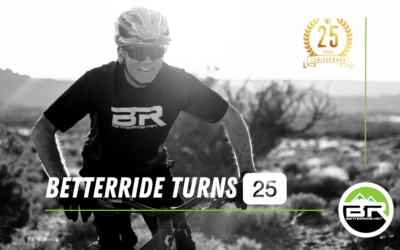
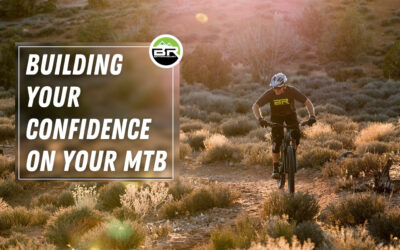
Great article Gene. You mentioned in your article that you have your bike set up with a 2.6 tire in the rear and a 2.3 in the front. Most articles I’ve read on tire sizing recommended the bigger tire up front. Any thoughts on the matter? Thanks for the great content, and how about a review on the Ónix hubs you’ve riding.
Hi Mario,
Thanks! I believe you misread the article (just checked to make sure I didn’t type it in wrong) I run a 3.0 front tire (I live in a really rocky area where it feels great, might be overkill on smoother trails tough it does have a lot of cornering traction!). Thanks for the suggestion on reviewing the Onyx Hubs! I will get on that! My short review is that they are amazing!
Cheers,
Gene
I sure did, sorry about that. Thanks for your comment on the Onyx hubs. I am ready for some new wheels and love the idea of great engagement and silent hubs.
I am in the market for a new mountain bike. The biggest problem I’m having is finding any demos to test ride.
Unfortunately, I am 5 feet 2 1/2 inches tall, a woman and consistently find no shop has any demo my size to even try. I am willing to put a lot of upgrades into this Mountain Bike and would be hesitant to purchase something I can’t even ride first. I get stoked about climbing I’m not very confident at descending quickly so I put more effort and fun into being able to climb and of course cover ground quickly on flatter areas. I don’t even think any company out there manufactures a 29er that would even fit me as most 29er Frames would be too large for me. Do you have any recommendations on manufacturers I should look into? Also do you have a recommendation on a good cross-country bike that climbs well and is nimble and what the frame size should be 29 if it’s even available or smaller? It’s probably helpful for you to know I live in the Phoenix area Arizona.
Hi Denise,
I feel your pain from the opposite side of the height spectrum, many shops don’t stock XL bikes to test. n my 20 years of coaching I would say the majority of riders very confident at descending. This is from three things, lack of skill, poor advice (like getting your weight back on steep descents) and bikes that are NOT Confidence-inspiring while descending (once you finish the climb you do have to go back down). I lived in Tempe for quite a few winters and riding in Phoenix is no joke, rocky and steep in places.
At your height, I really think 29ers are simply too tall for you (yes, they make bikes that “fit” you but they are awkward!) Chloe Woodruff (Pro XC racer for Pivot bikes) is 5’2″ and her bike looks huge under her (or around her ;)).
I think the Scott Contessa Genius 720 or Women’s Stumpjumper Comp Carbon 27.5 might be a great bike for you. They both have 150mm of travel and the geometry I like which will give you more confidence both climbing and descending. They also come with 27.5 tires which I feel will fit you much better than 29″ tires.
I would go to your local Specialized and/or Scott dealer and tell them that you are very interested in purchasing an xs but are leery of spending over $5,000 on a bike you haven’t ridden and see what solutions they offer.
I hope this has helped!
Cheers,
Gene
Gene thank you so much for getting back to me so quickly. I appreciate your help and will start researching those two bikes you mentioned. Thanks again
Denise,
Check out Roamfest in Sedona in November. I went last year and am going this year and was really pleased with the number and variety of demos. It’s a women’s mountain bike fest. I would recommend bringing your saddle.
Thanks for the article, Gene! I’m definitely demoing a Specialized now to test the climb. I ride a Pivot Mach 5.5 now.
Gene,
great article I’ve been an avid rider for over 3 years. My first bike was a Giant ATX2 with true XC geometry. I went tubleless and put the widest tires it could fit “2.3” and a added a dopper. It came stock with 27.5 rims. Great bike to get going on…awesome frame and really loved it. Now I ride a 27.5 plus bike 2.8 front and rear. I find the bigger tires provide more grip and a much more compliant ride as I’m 47..so not in my twenties anymore! The frame has a 73 degree seat tube angle, and a 69 degree fork tube angle..chain stays are 445mm I find the bike a great trail bike…all around. I don’t think you should get to caught up in the perfect geometry. These things always change and probably will continue to. I think focus on your must haves, and your riding skill and the rest will work itself out. Appreciate all the info though…